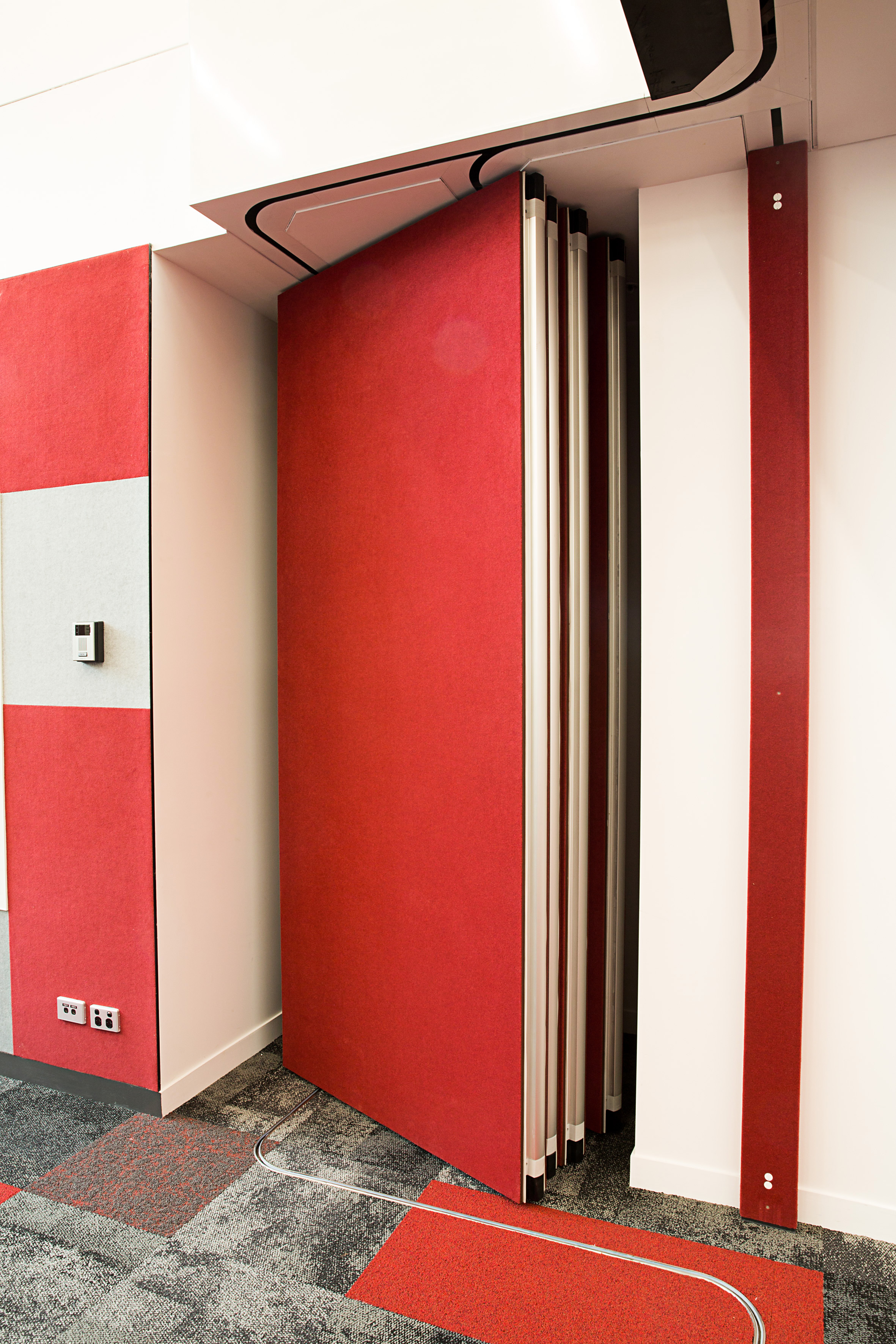

They are suspended from the ceiling, which eliminates the requirement for floor rails and produces clean floor space. They have several benefits, including concealed stacking and the same partition can be used on one or several closure tracks. Sliding movable walls accounted for a majority share of the revenue in 2019, contributing approx. The demand for automated movable walls with high acoustical performance is particularly significant in the hospitality sector. Similarly, the growing demand for high-tech infrastructure and the inclusion of meeting space, conference, and banquet halls are contributing to the demand, which, in turn, is boosting the segment growth. The growing number of co-working spaces and the rising demand for workspace flexibility is driving the demand in corporate offices.

Factors such as the ease of installation, flexibility, cost savings, design versatility, and sustainability are driving the segment. The corporate sector contributed to the largest movable walls market share of revenue of 34% in 2019. The commercial sector is expected to dominate the market during the forecast period. In terms of application, commercial buildings account for the largest share of demand, generating approx. The global movable walls market research report includes a detailed segmentation by application, operation, product type, material, and geography. It profiles and examines leading companies and other prominent ones operating in the market. The report offers both the demand and supply aspect of the market. It covers a detailed overview of several market growth enablers, restraints, and trends. The study considers the present scenario of the movable walls market and its market dynamics for the period 2019-2025.

The use of these systems in healthcare facilities is expected to witness the fastest growth during the forecast period. The outbreak of COVID-19 is expected to develop increased opportunities for movable wall systems, especially in the healthcare sector. The global market experienced significant growth in 2019, the growing demand for flexible space utilization and the increasing number of flexible workspaces, however, factors such as disruption in the global supply chain, reduced economic growth, macroeconomic slowdown, political volatility, and trade conflicts are likely to impact the demand for movable walls globally. The global movable walls market share is expected to be largely affected as a result of the COVID-19 outbreak, nationwide lockdowns, and several containment policies taken up government agencies across the world. They are also used to enhance the security of the space and protect against environmental impacts.

Movable walls are used in commercial sectors such as retail, hospitality, recreational facilities, and institutions such as hospitals and educational institutes, government facilities, workspaces, and offices. The market is mainly driven by the development of new buildings and the growth in renovation or replacement activities. The global movable walls market size to cross revenues of over $5.4 billion by 2025 and is expected to witness significant growth during the forecast period. The global movable walls market by revenue is expected to grow at a CAGR of over 11% during the period 2019–2025.


 0 kommentar(er)
0 kommentar(er)
